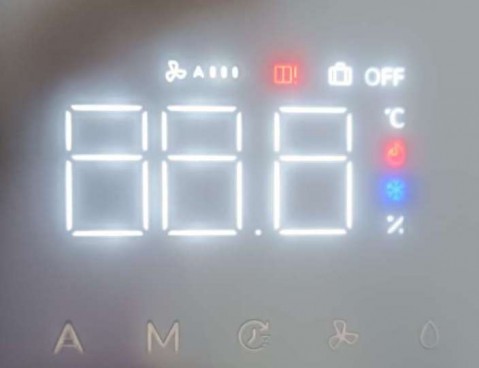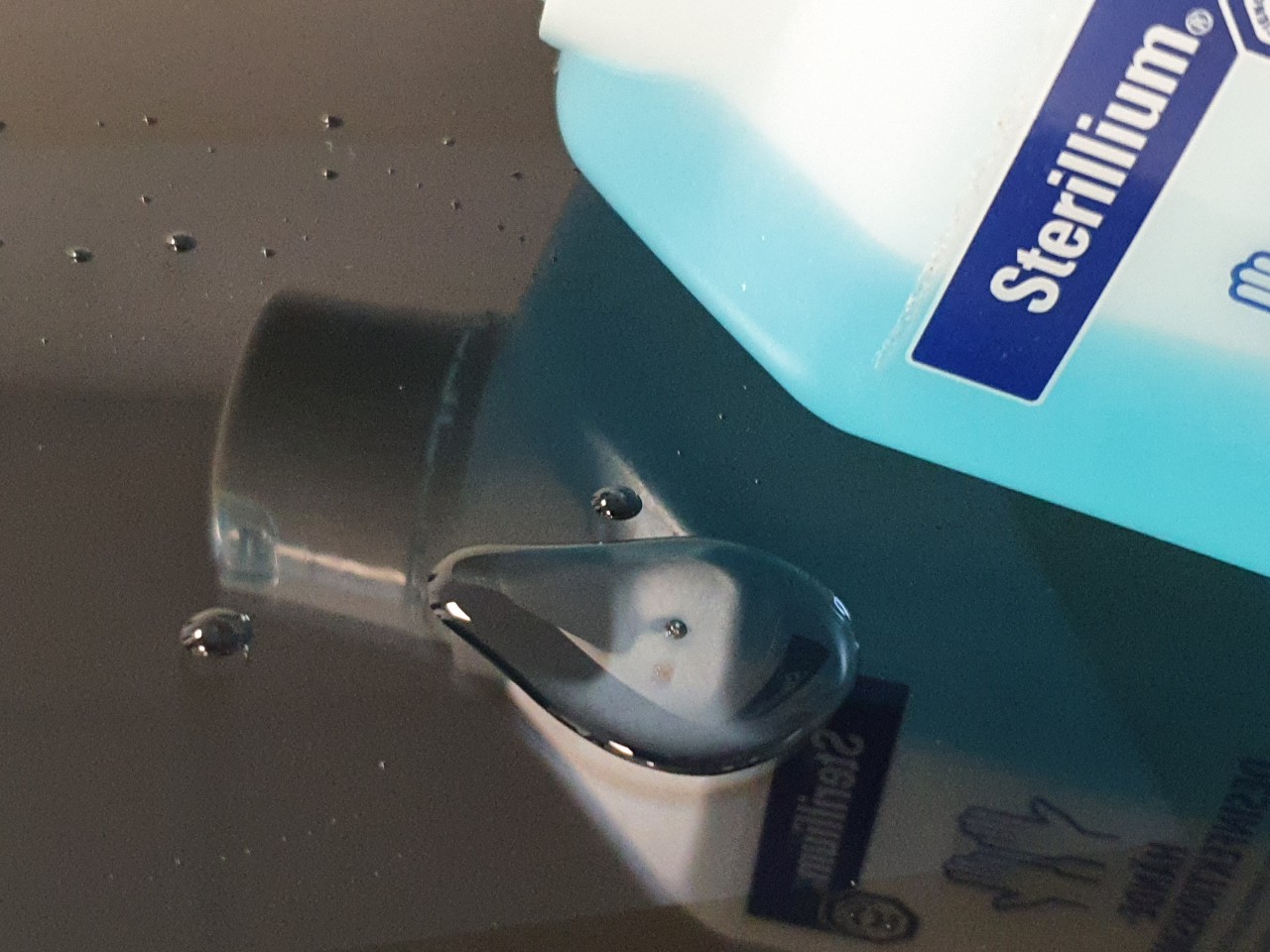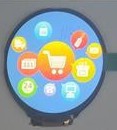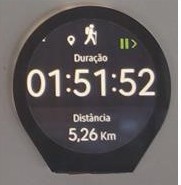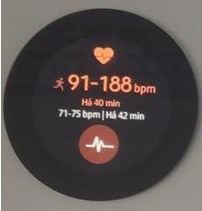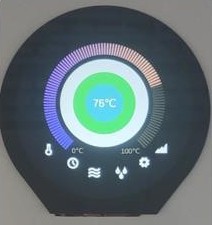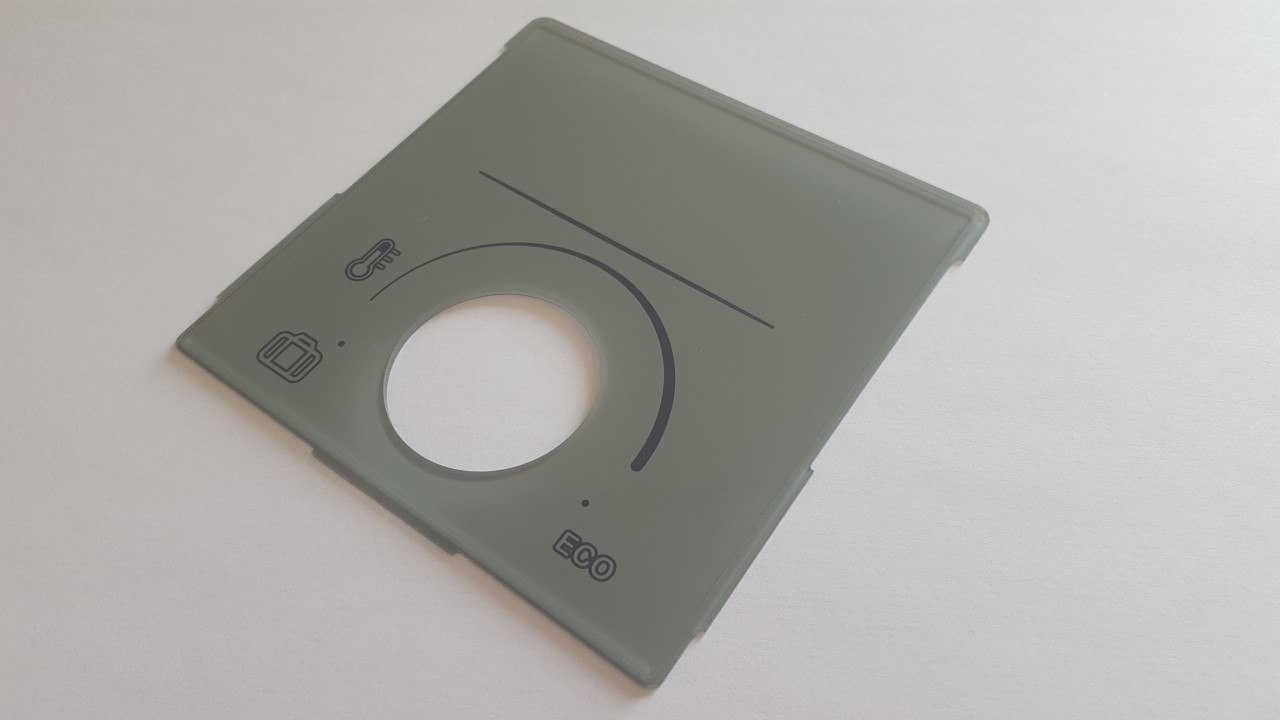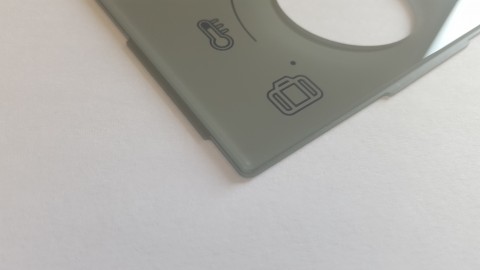Normal displays, especially TFTs, are difficult to read in direct sunlight. If you want to make them sunlight readable, you need to consider some points in the design of your TFT module.
1. The surface brightness must be at least 500 cd/m2, in fact it is better to provide e.g. 800 cd/m2.
You may notice that you will increase the brightness of your smartphone in direct sunlight. If you decrease the brightness, the TFT seems to be black. So an essential point in order to design sunlight readable applications is to increase the surface brightness with a powerful backlight.
2. Use an anti-glare surface or anti-reflection coating.
With a special anti-glare lens or anti-reflection coating you can reduce reflections on the surface of the module, which make the TFT difficult to read in direct sunlight.
3. Use optical bonding of front-glass and touch to display
Additional boundary layers in the module, between frontglass and touch as well as touch to TFT, cause additional reflections. Eliminating those boundaries by bonding the parts with optical clear adhesive or optical clear resin, will increase sunlight readability.
Please contact us for further questions on sunlight readable modules, we are happy to help!
